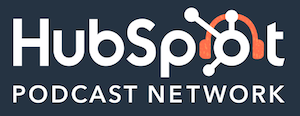
In a crowded sea of digital marketing reports, it’s important to know which ones have quality insights and which just add to the overall noise. Take note: Hootsuite’s State of Social Media 2023 report is one to make a priority and use as a “how-to” guide for your digital marketing initiatives.
Hootsuite surveyed 10,643 marketers in 109 countries and used the data to compile the top trends that are shaping social media marketing. Kosta Prodanovic, the lead writer and researcher for the report, joined Convince & Convert on our Social Pros podcast to discuss the biggest findings that are already changing the way brands conduct business. Read on for a high-level summary, or listen to the full episode here.
Three social media trends that marketers need to know in 2023:
1. Small business have more opportunity than ever to tap into the power of influencers.
Video clip: “And the argument that we’re trying to make, and the thing that we’re seeing in our survey is that lots of smaller businesses are also struggling with really basic marketing challenges. Like, how do I create content? I don’t have time to do this. They’re also reducing headcounts. And so one of the assumptions that we’re making heading into 2023 is that small businesses are gonna see an opportunity to start competing for those smaller and mid-size creators who are being abandoned by larger businesses. So I think that’s a super exciting opportunity. I think for a lot of folks who didn’t see creators as either financially viable before or didn’t really know how to go about reaching out to creators I think we’re gonna start to see that more and more, more over the coming year as people try and maneuver a really precarious economy.” – Kosta Prodanovic, Hootsuite
As big brands shift the way they are investing in their overall marketing spend, smaller businesses can reap the rewards of less competition for securing partnerships with content creators.
 Hootsuite’s research found that only 28% of small businesses (those with 100 employees or less) are working with influencers in any capacity. The most cited reason for this is because of the perceived cost. While cost is an important factor when evaluating the potential ROI of a partnership, it doesn’t have to be a hindrance.
Hootsuite’s research found that only 28% of small businesses (those with 100 employees or less) are working with influencers in any capacity. The most cited reason for this is because of the perceived cost. While cost is an important factor when evaluating the potential ROI of a partnership, it doesn’t have to be a hindrance.
The most important factors for deciding if and how to work with creators include audience alignment, the quality of collaboration and content production, and the ability to track the success of your campaign. Small to midsize creators can still deliver great results for organizations with a tight budget. With less competition from enterprise brands, marketers at smaller businesses will have more opportunity to utilize influencers in new ways, and gain an advantage over those who have not yet tapped into this channel.
Only 28% of small businesses (those with 100 employees or less) are working with influencers in any capacity.
Click To Tweet
Idea in action: How Hootsuite partnered with content creators for the promotion of their report
With millions of users worldwide, Hootsuite is far from being considered a small business. However, as a company run by social media experts, they know the value that a great partnership with creators can bring.
In the case of the Social Media Trends 2023 report, they looked to the most popular platform known for being a trend-setter: TikTok. To bring the report data to life, Hootsuite created a social-first hero video featuring popular TikTok creators and played off each creator’s unique style. Hootsuite’s social and video team collaborated with the creators to develop the script, and leaned into their various specialties to add character and personality to each report finding. This partnership approach was one facet of a broader coordinated campaign that included utilizing digital events and organic and paid social channels.
2. Social search is on the rise as audiences look to TikTok, Instagram, and Facebook to answer their burning questions.
Video clip: “And I think that’s a really interesting development that isn’t necessarily new, but one of the biggest pieces of data that we found was that people ages 16 to 24 were more likely to be using social to search, were more likely to go to, to social, to search than they were search engines for the first time ever. So I think it was 51%. And I think marketers can expect that trend to continue. The question is then what do you do about it? One of the recommendations that we’ve given to in the report is that people can start using what we’re calling social search optimization.” – Kosta Prodanovic, Hootsuite
Another trend that social media marketers need to pay attention to is “social search” – the growing use of social media platforms as a search function.
According to Hootsuite’s report, more young people are using social media to search for information than traditional search engines like Google. In fact, people aged 16 to 24 are more likely to use social media platforms like Instagram, Facebook, and TikTok to search for things like vacation destinations, clothing, and coffee shops than they are to use search engines.
TikTok even recently released an ad encouraging users to use their search functionality to find what they need. As a result, marketers can expect this trend to continue and should consider optimizing their social media content for search.
A must-have practice: Social Search Optimization
As more people turn to social media platforms for search, it is becoming increasingly important for businesses to optimize their content for social platforms. While social search optimization (SSO) is not as developed a field as search engine optimization (SEO), there are still several basic tactics that can help businesses improve their visibility on social media.
One of the most important SSO tactics is to use appropriate keywords and hashtags. By using relevant keywords and hashtags in social media posts, businesses can increase their chances of showing up in related search results.
Another way to optimize for social search is to take advantage of features like geotagging and adding alt tags to photos. These elements make content more searchable, not just on the platforms themselves, but also by external search engines and screen readers. As a result, these optimizations can help businesses reach a wider audience and improve their accessibility for people with disabilities.
What are you doing for social search optimization?
Click To Tweet
3. Successful marketers are taking greater responsibility in delivering customer service.
Video clip: “Branding is not just a logo or a color. It’s really a promise that you make to your customer, and the impression that you leave with each and every person…that’s where you see the real utility in social media, and how you can talk about the true ROI of it.” – Kosta Prodanovic, Hootsuite
In the wake of the pandemic, businesses had to quickly adapt to new ways of engaging with customers, and digital channels took center stage. As a result, customer service interactions increasingly shifted to social media platforms such as Twitter, Facebook, and Instagram, and through business websites. Now, even as in-person shopping becomes more common again, consumers continue to expect digital customer service options for pre- and post-purchase engagement.
Organizations are responding by giving more responsibility to marketing teams to make this happen. Hootsuite found that less than 8% of organizations said their customer service team was exclusively responsible for providing customer service on social and messaging apps. Almost half (49%) of organizations said that social customer service was usually or exclusively the responsibility of the marketing team.
To stand out in 2023, marketers must prioritize social customer service as part of their broader strategy to remain competitive in an ever-evolving digital landscape. This includes developing closer relationships with customer service teams, and integrating social media platforms into the customer service experience. By providing high-quality, responsive social customer service, marketers can enhance the overall customer experience and improve brand loyalty.
Almost half (49%) of organizations said that social customer service was usually or exclusively the responsibility of the marketing team, according to HootSuite's 2023 Social Media Trends report.
Click To Tweet
Take things a step further by developing a trustworthy social commerce experience
Social commerce, the process of selling products or services directly through social media platforms, has gained a lot of attention in recent years, but it has failed to bring in the anticipated revenue for North American markets. The reason for this? A lack of trust in social commerce technology and customer service.
Hootsuite’s research found that the majority of marketers, 37%, believed the biggest reason that customers don’t purchase directly on social platforms is because they are concerned about entering payment information on those platforms.
Overall, social commerce represents a significant opportunity for businesses to expand their reach and generate new revenue streams, although Prodanovic anticipates it will be a long horizon for the North American market. First, companies need to build the capacity to invest in the development of better social commerce tools. Then they need to prepare to build a trustworthy shopping experience that includes reliable fulfillment, purchase protection, and refunds.
Get a deeper dive
By focusing on these key social trends and adapting to the ever-changing social media landscape, you will build stronger connections with your audiences and drive long-term success.
Take some time to explore the resources below to up your game in 2023.
Download the full report here
Listen to the Social Pros episode with Prodanovic
Contact Convince & Convert to get expert help with your social media strategies.
The post 2023 Social Media Trends: Hootsuite’s Report and What It Means for Marketers appeared first on Convince & Convert.














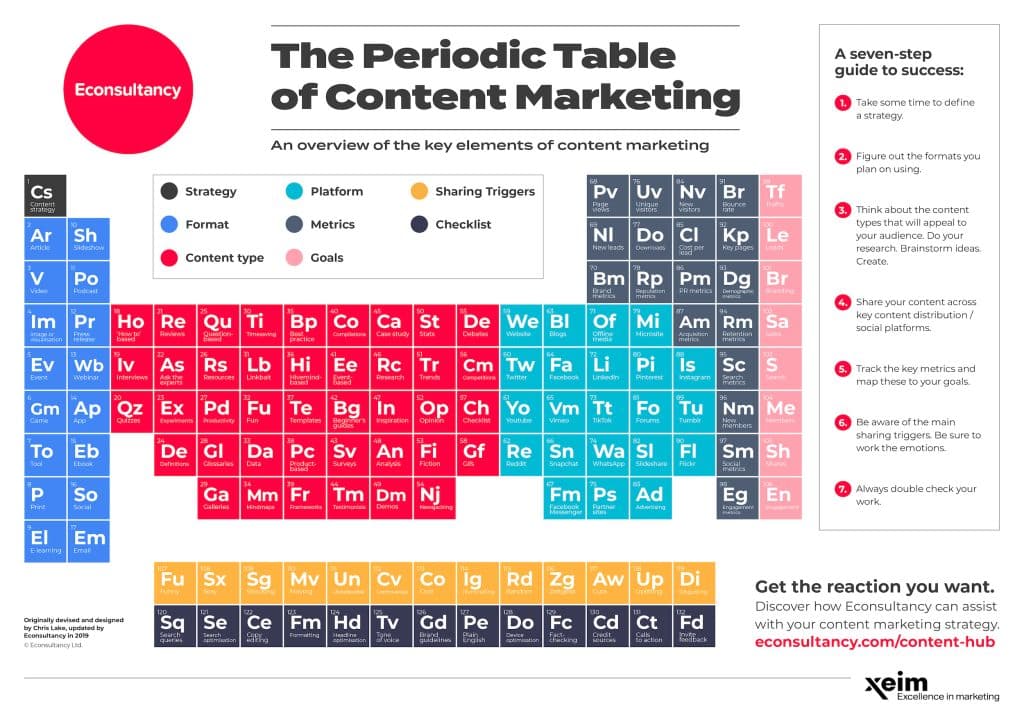



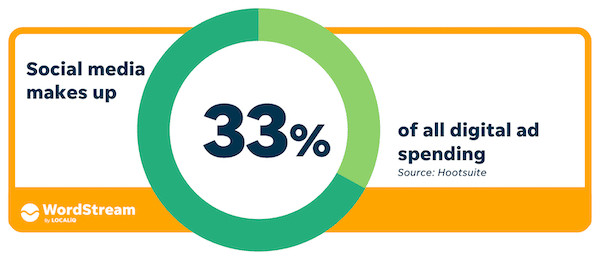
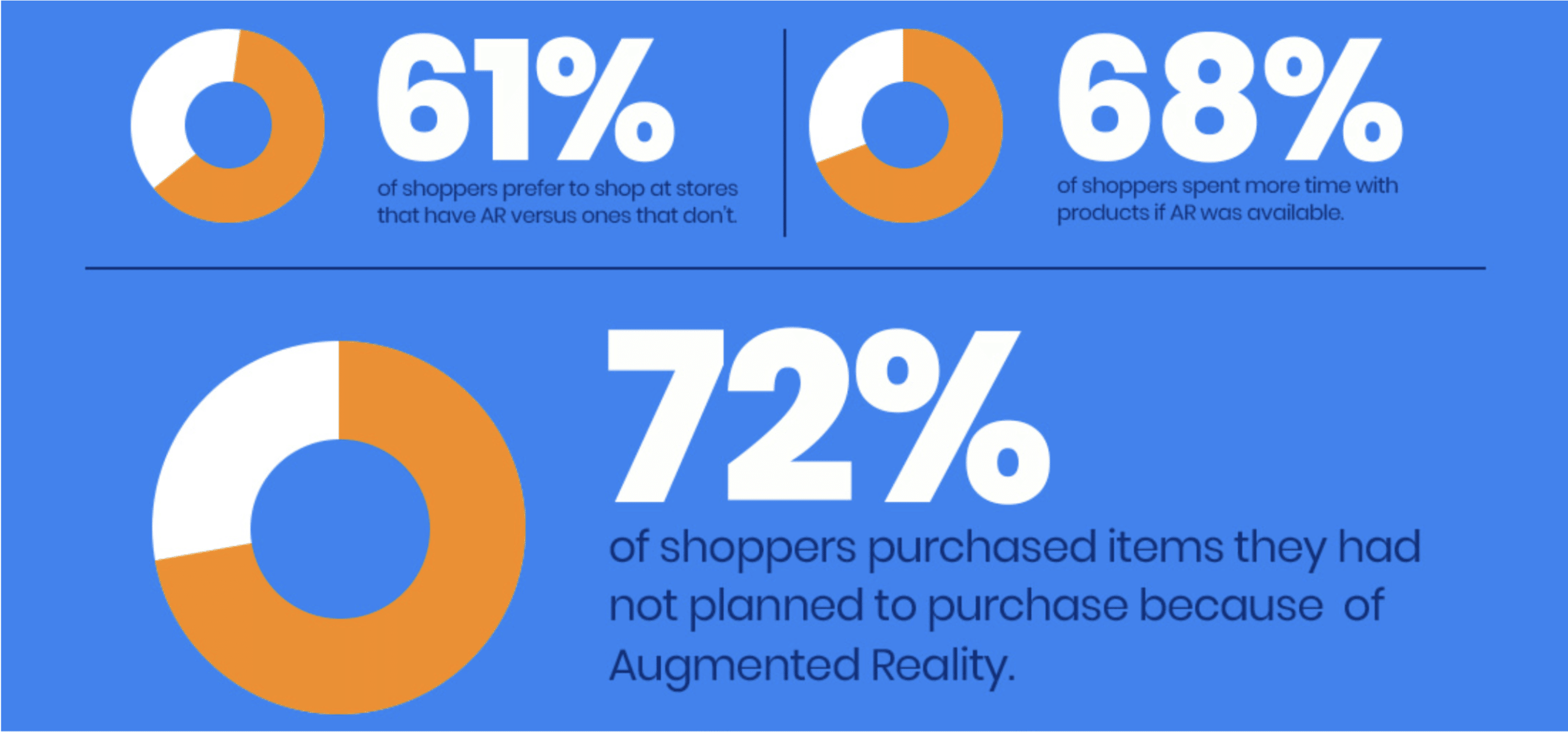


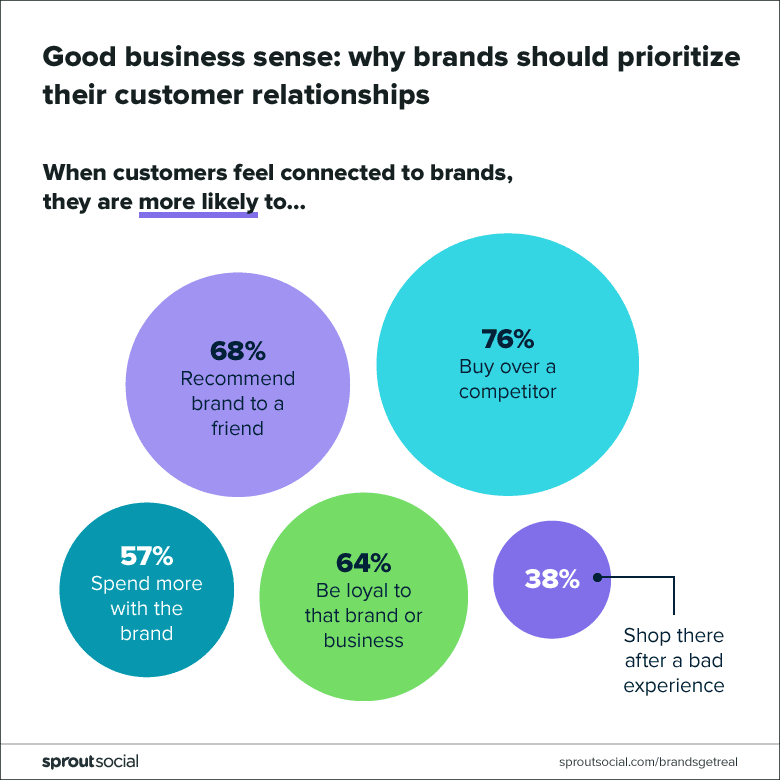


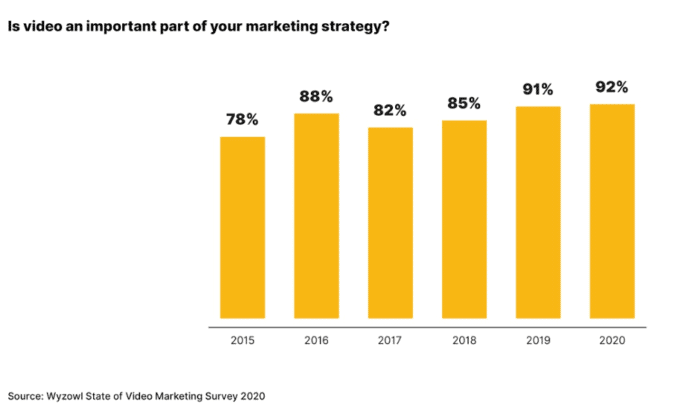
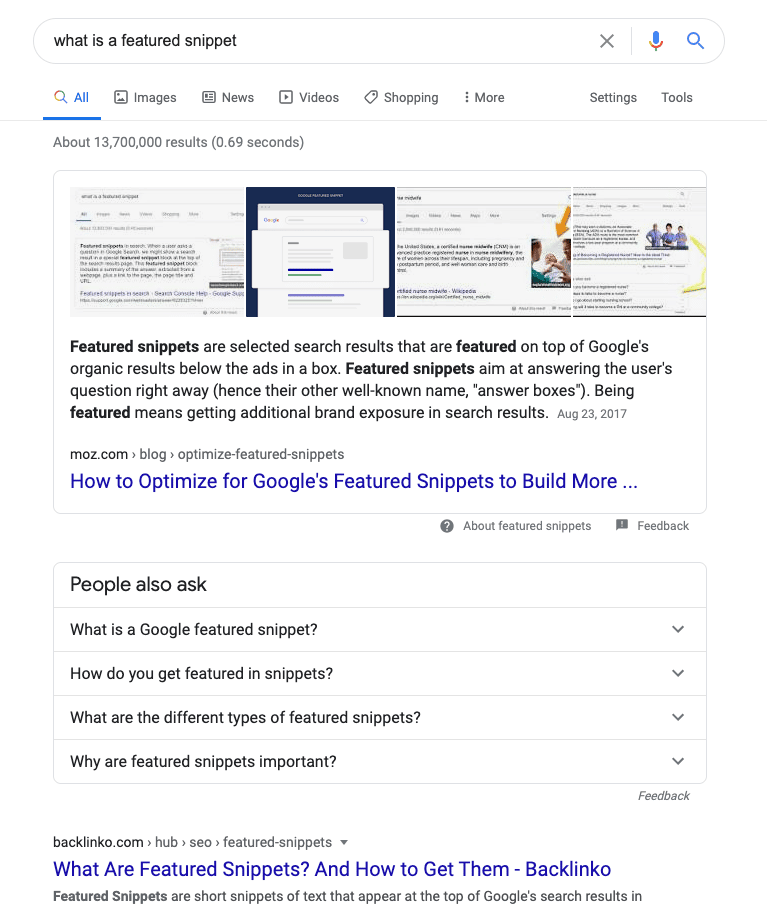
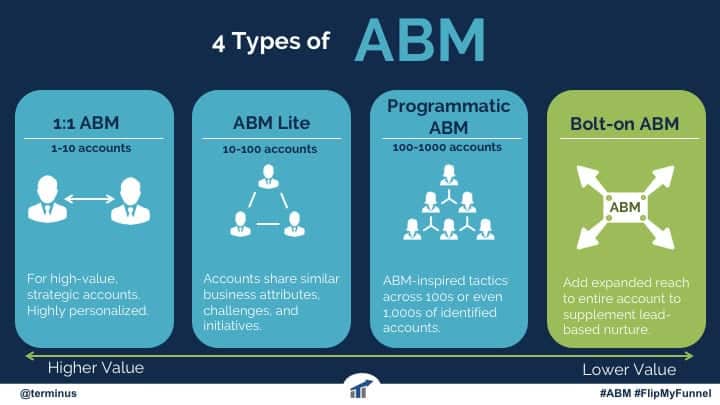
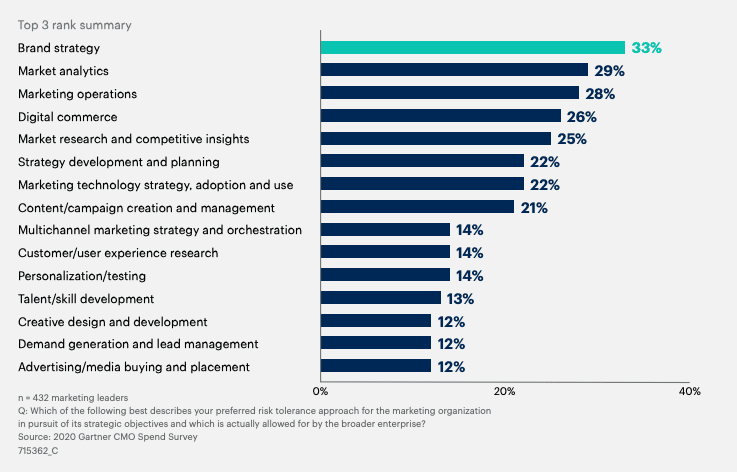

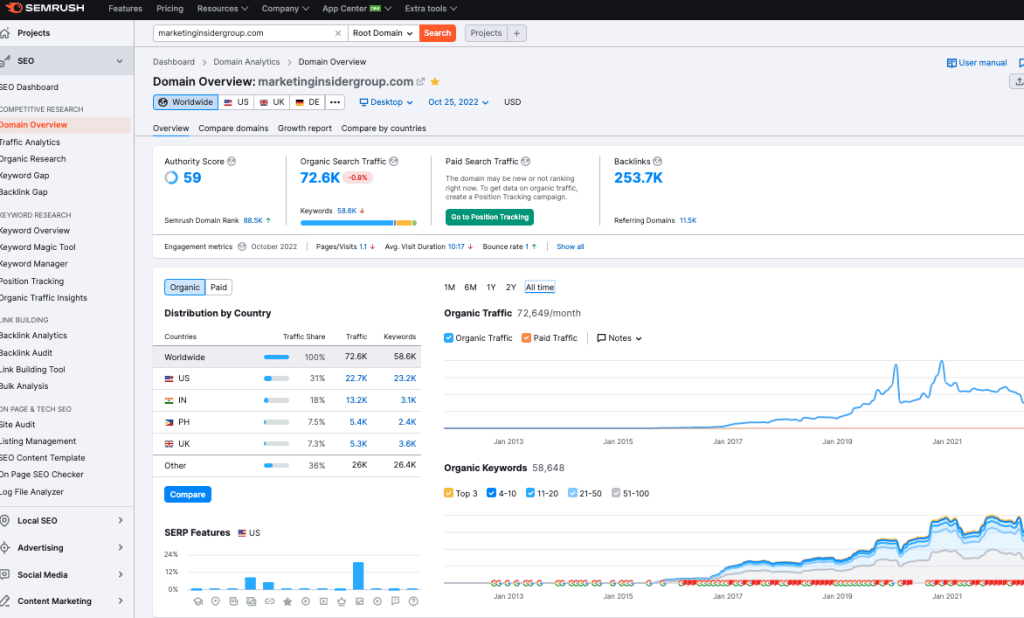




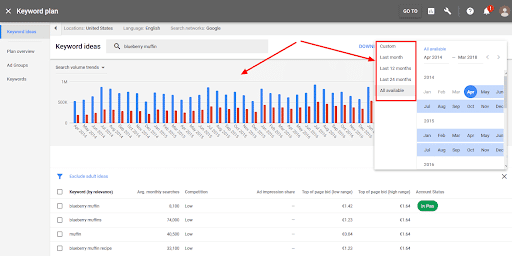


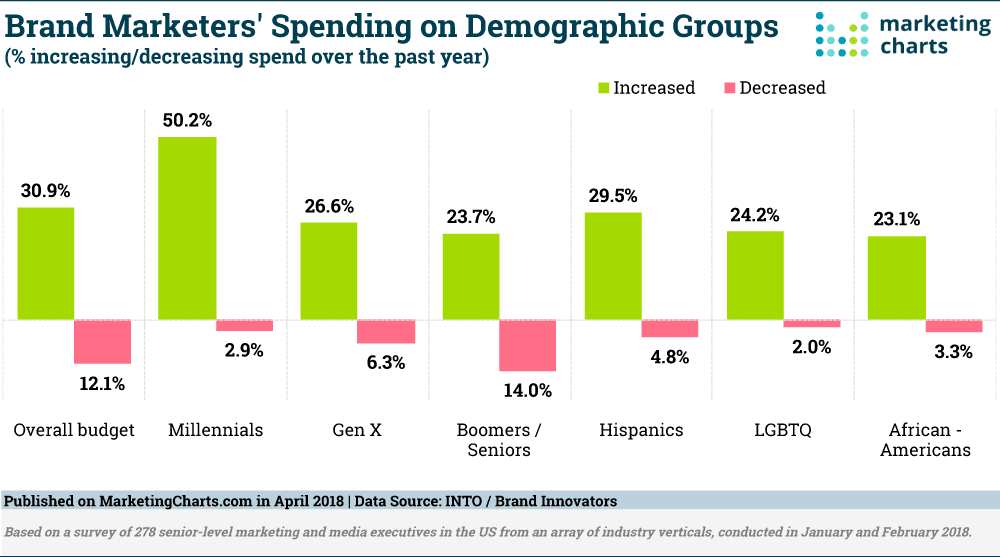





 In this episode of the Duct Tape Marketing Podcast, I interview Brooke Sellas. Brooke is
In this episode of the Duct Tape Marketing Podcast, I interview Brooke Sellas. Brooke is 